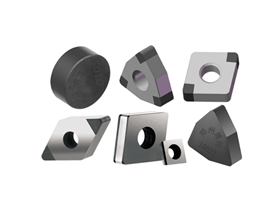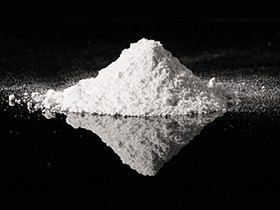Installation and commissioning
When installing, make sure that the blade is strictly perpendicular to the axis of the workpiece. This can effectively reduce the axial force and prevent unnecessary friction between the side of the tool and the workpiece, thus reducing tool wear and ensuring machining accuracy.

Precisely adjust the height of the center of the cutting edge so that it is close to the center of the workpiece and the deviation is controlled within ±0.1 mm. Inaccurate height will make the tool uneven force, greatly shortening the service life of the tool.
Second, the choice of processing parameters
Reasonable control of cutting speed. Due to the high hardness of cubic boron nitride material, can withstand higher cutting speeds, but can not be blindly increased, should be adjusted according to the specific processing materials and working conditions, to avoid excessive high speed leading to tool chipping or workpiece surface quality decline.

Determine the appropriate amount of feed. Too large a feed may make the tool to withstand excessive cutting force, increasing the risk of tool wear and breakage; too small a feed will reduce processing efficiency. Need to consider the machining accuracy, surface quality and efficiency requirements to determine the optimal feed.
Control the depth of cut. According to the hardness of the workpiece material and tool strength, select the appropriate depth of cut. Too deep cutting depth may lead to tool breakage, too shallow will affect the machining efficiency.
Third, cooling and lubrication
Cubic boron nitride groove cutter generates high heat during the machining process, so effective cooling must be used. Coolant can be used for cooling, to ensure that the coolant can be fully sprayed to the cutting area, reduce the cutting temperature, and prevent overheating damage to the tool.
Choose the right lubricant. In some processing situations, the addition of lubricants can reduce the friction between the tool and the workpiece, improve the quality of the machined surface, but also help to extend tool life.
Fourth, tool maintenance and maintenance
Regularly check the tool wear. By observing the cutting edge state of the tool, measuring the tool size changes, etc., timely detection of signs of tool wear and damage. When the tool wear reaches a certain level, the insert should be replaced in a timely manner to ensure processing quality and efficiency.
Store the tool properly. When the tool is not in use, it should be stored in a dry, clean environment to avoid collision, corrosion and contamination of the tool. Specialized tool boxes or lockers can be used for storage to ensure the safety and performance of the tool.




